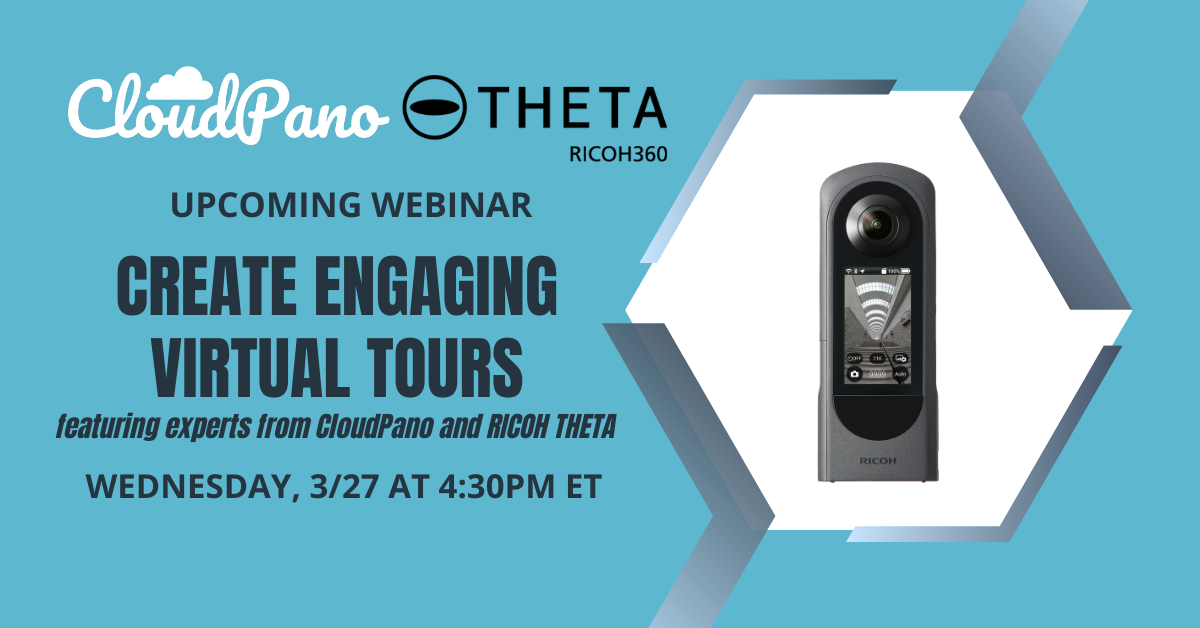We sat down with Steve, a THETA photographer who captures and edits amazing photos using our flagship model, the THETA Z1. Read on for his editing tips and tricks.
Photography life with THETA
Please introduce yourself.
I am Steve Swayne from Adelaide in Australia, a part-time photographer.

Woodford Folk Festival is a six day event held between Christmas and New Year in a rural location near Brisbane Australia.
I’m interested in traveling to interesting places, computer artwork and digital painting, nature photography and bush walking. I’m also a 360 photography enthusiast, in particular, making tiny planet images.
<Tiny planet image edited by Steve>

*Taken with Dual fisheye plugin.
What does photography mean to you?
I have been keen on photography since I was a teenager, starting back in the film era.
Which camera do you usually use?
I usually take a photo or two every day with my iPhone. I often have my THETA 360 camera with me, as well. I have used all kinds of SLR cameras including a full-frame professional Canon DSLR, Lumix bridge cameras, and of course, RICOH THETA cameras.
What kinds of things do you usually photograph?
I like to take landscape scenic photos, travel photos and art gallery interiors. I have also photographed many concerts and cultural events.

Photographed during an early morning walk along the Canal du Nivernais near the small village of Bazolles in Burgundy, France.
How did you find out about THETA?
I have been interested in 360 photography since the film era. Taking many frames and stitching them together was never satisfying for me, as I wanted the immediacy of a single click. I was aware of twin-lens cameras becoming available and when I discovered THETA S on the RICOH website, I bought one. Taking shots in large events filled with people was finally possible, and I could show myself in lovely nature settings. I currently use the THETA Z1, which is wonderful.
Why did you select THETA from among several 360 degree cameras in the market?
I researched very thoroughly and found that the THETA had the best image quality for still photos. I am not really into 360 video, so still image quality was the main reason I selected THETA. The Z1 model with twin 1″ sensors and very good HDR takes wonderful photos– better than all other cameras in the same prosumer market. I tried other brands but the image quality and ease of use was not as good.

1945 Consolidated PBY-6A Catalina (VH-PBZ). Photographed during the 2019 air show held at RAAF Base Edinburgh near Adelaide in South Australia.
Would you say it is easy for you to use?
I am an experienced photographer, so I found THETA very easy to use. I mainly shoot in manual mode with control over the settings via smartphone or plugin. Shooting in full auto mode is extremely easy, which is another plus of THETA cameras, especially for those less experienced users. RICOH continues to improve smartphone and computer software and the camera firmware, and listens to user feedback — which all help to improve the user experience.
The most memorable 360 degree image
Could you show us your most memorable 360 degree image?
I attended the Moon Lantern Parade during the OzAsia Festival in Adelaide and it was raining. My THETA lenses were getting wet and I took this quick shot in Auto mode. It just came out so perfectly. I captured the dragon lantern and the crowd, even though the lenses were a bit smeared.
Wow!! The orange color of dragon looks beautiful. Did you add edits on this image after shooting?
This was a very quick snapshot photo using full auto settings and the 2 second self timer. There were smeared rain drops on the lenses.
The only editing I did was in Adobe Lightroom to ‘develop’ the raw DNG file with reduction of highlights to correctly expose the dragon head, increase shadows to show the crowd better, some minor sharpening, noise reduction, and a slight increase in clarity and vibrance and saturation. This exposure was F/2.1, ISO 800 and 1/15th second with auto white balance. All chosen by RICOH THETA in auto mode.
Did you use any accessories for this shooting?
Yes, I use a selfie stick rather than holding the camera, for better shots. I use an extendable monopole that opens to 1.8 metres. I use simple auto settings and the self timer for quick shots when there is not time to set things up with the smartphone.
Your favorite edited 360 degree image…
What is your most favorite image that you edited?
How did you make this amazing image?
This is three THETA Z1 images merged as layers in Photoshop using the “Harris Shutter” effect in RGB channels to create colored clouds from the movement between the exposures. It’s a simple yet clever effect, but still retains the 360 image details in the scene. Although the sky looks like a fantasy, every pixel is real and from a THETA exposure.
<The original 360 degree image>
Wow, the original one is totally different! How did you come up with this idea?
This is a standard form of ‘trick photography’ from the old color print making film era invented by Robert S. “Bob” Harris of Kodak, and one of the techniques that I learned many years ago. The clouds at the beach were fast moving and I knew that it could make an interesting photo by combining multiple exposures in this way. It is fairly easy to do with software such as Adobe Photoshop with layers and the ability to adjust RGB channels.
So you are usually using Adobe Photoshop software?
Yes, I use the Adobe photography apps on my large screen computer in preference to using my smartphone. Adobe Lightroom works well with the RICOH THETA Stitcher app, and Adobe Photoshop has many advanced editing tools. I like to apply many of the skills I learned for conventional photography with my THETA 360 images.

Do you use accessories with your THETA?
I use a few Joby mini tripods, a Manfrotto Monopole and a small tripod. I have an external USB battery from Ulanzi, and a RICOH THETA TE-1 extension adapter. I also have several Manfrotto tripods that can be used with THETA cameras, but they create a bigger nadir footprint to remove. With the monopole I always use a gym ankle weight at the base to keep the camera stable.
You have so many accessories!!
Do you have any other tips?
I also use the Dual Fisheye Plugin which really expands my creativity. It is wonderful that RICOH made allowance for third party plugins with the 360 cameras Z1 and V.
<The image edited with Dual Fisheye Plugin>
Do you have any final comments?
I really enjoy making tiny planet projections of my 360 photos — all of these are shared on my Instagram account. I see this as the best outlet to share 360 images to the wider world. Editing of photos need not be limited to minor touch-ups, but can be bold and creative with software designed to recognize 360 equirectangular images and thus not leave a seam = when viewed in a 360 image viewer or on Facebook or a website. I also make 360 images black and white, have an analog film look, and other filter effects. Be creative with your camera 🙂
Thank you for sharing your amazing 360 degree images. We look forward to your images on your future adventures!
In our next article, we’ll share Steve’s 360 starry sky images and tricks from how he shot them.
For more details, please visit the product page.

Interviewee : Steve Swayne
Edit : Hitomi and Kellyn



.jpg)


.svg)




